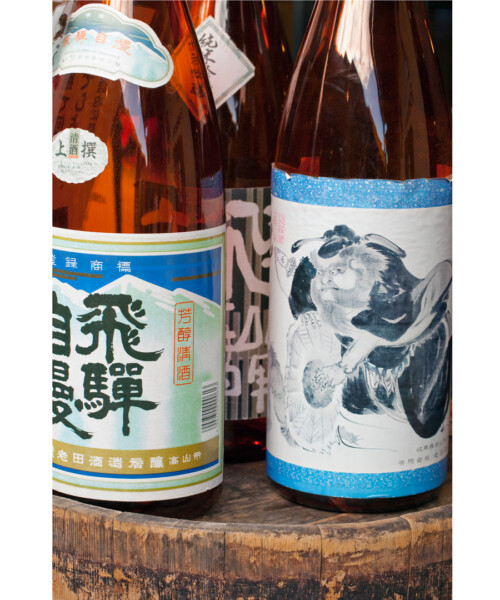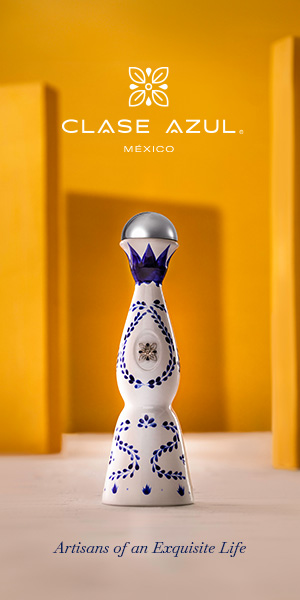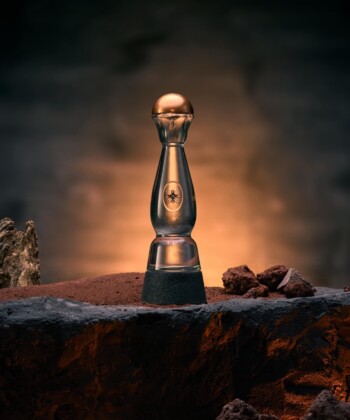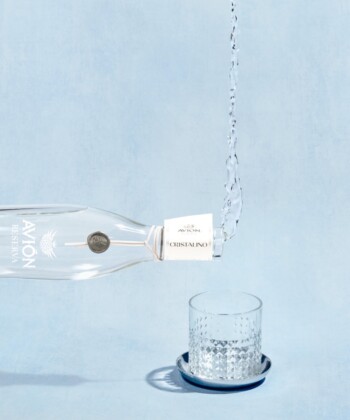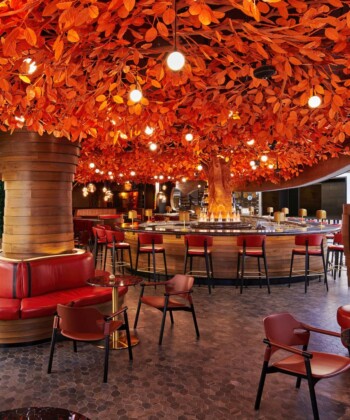While navigating an extensive beer and wine list can be a breeze, the ins and outs of sake still remain a mystery. To help you get savvy, DuJour sat down with three sake sommeliers—Cherry Izakaya’s Chris Johnson, Tocqueville’s Roger Dagorn (a.k.a. the “sake samurai”) and The House of Gekkeikan’s Vice President and National Sales Manager Yoshi Yumoto. Below, discover why rice wine is more akin to beer than vino, the best way to pair it with food and more. As Dagorn says, “If you don’t like sake yet, don’t give up on it because, like wine, you’ll find something you’ll enjoy.”
1. Sake might be widely referred to as rice wine, but the federal government classifies it as beer because both beverages undergo a similar brewing process. So why call it wine? During the fermentation process, sake reaches a higher alcohol content level than beer—it clocks in between 12-18 percent alcohol by volume, which is closer to that of wine (at 9-16 percent).
2. Unlike wine, which is categorized by its grape variety, sake is not distinguished by the type of rice used. Instead, it’s classified by how much of the outer layer of each grain is milled away. Generally, the more the rice is milled, the more refined the flavor.
3. Forget everything you know about vintage wines. Sake is meant to be polished off sooner rather than later. While some sake connoisseurs are experimenting with aging techniques, the fresher and younger the sake, the better it tastes. Once opened, keep in the fridge.
4. Sure, Japanese cuisine and sake is a match made in culinary heaven, but sake’s complex flavor profile and low acidity make it a versatile pairing with various dishes. Try them with oysters, white meat or even burgers. “Sake is always ready to be the supporting act,” says Chris Johnson. “It pushes the dish to the forefront, not because it can’t stand alone, but when you sip it, the food suddenly tastes better.” Some sakes are even described as having umami, which can further elevate the flavor of the food.
5. Dagorn says that traditionally, when dining with someone in Japan, the etiquette calls for pouring your company’s sake while they pour yours out of respect and friendship. Note: make sure their cup is never empty.
6. Sake is free of sulfites, preservatives and gluten. In other words, while the liquor can still leave you feeling dehydrated the morning after, your hangovers are likely to be less brutal, according to Johnson.
7. Not all sake comes from Japan. Five producers in the United States—four in California and one in Oregon—are making sake domestically to optimize freshness.
8. If you come across sake that looks milkier than the others, don’t panic. Yumoto explains that the creamy texture in these sakes (also known as nigori) is a result of remaining rice sediments that left the liquor unfiltered.
9. According to Johnson, premium sakes are better sipped in a wine glass to open its delicate flavors and complex aromatics. There are many ways to enjoy sake—wooden boxes, lacquer glassware or wider open cups called matsu, for official ceremonies. “The evolution of sake has changed the vessel that it’s been served in,” says Johnson. “As sakes are developed and made more elegant and palatable, new glassware is being used.”
10. Champagne enthusiasts will love sparkling sake. As effervescent as a glass of bubbly, this refreshing sake, like the House of Gekkeikan’s Zipang, is a great way to whet your taste buds and get accustomed to the liquor.


























